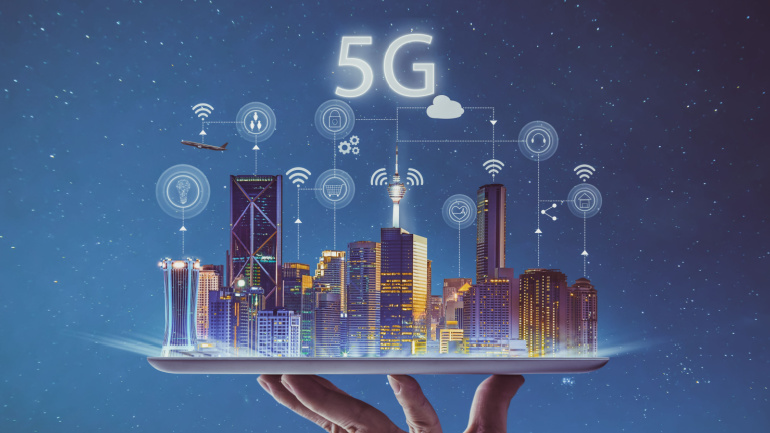
The introduction of 5G and 5.5G is replete with challenges to mobile network operators. One of the primary obstacles stems from the intricate myriad of bands and antennas deployed in the network. This intricacy generates a plethora of O&M alarms, numbering in the hundreds of millions, adding complexity to the operational landscape.
Another major challenge is the vast volume of traffic flowing through the network. As the need to ensure optimal customer experience necessitates the deployment of more frequency bands, the network’s potential to produce more traffic will drastically escalate, thereby increasing energy consumption. Finding a balanced approach that optimises both user experience and the network’s energy efficiency is crucial.
Furthermore, provisioning 5G or 5.5G services requires considerable financial instruments. Operators need to build numerous sites, representing substantial investments. Given the slow revenue growth rate in the B2C market, a mere 1-2% per annum, operators can elevate their returns by pinpointing high-value customers and rendering deterministic assurance services, thereby encouraging these customers to pay more.
The industry posses a clear picture of how mobile networks may evolve into autonomous networks, as delineated by TMF’s five-level framework published in the white paper Autonomous Networks. Collaborations among leading operators and partners seek to enumerate, among other things, the technologies needed, capabilities, architectural elements, as well as the level of openness and driving intention integral to each level of the Autonomous Network.
The distinction between L3, an automated process enhancing efficiency, and L4, more proactive O&M, includes predictive and preventive tactics. L4 showcases an advanced ability to sense, analyse and execute – forming a robust, active, closed loop system. Moreover, L4 base stations, thanks to more consistent data collection, can ensure cells are always online and resilient against issues such as optical links, high temperatures, and back-up power.
Innovation in Huawei’s solutions in the intelligent field centres on customer value. For example, the PowerStar series, embodies the companies commitment to achieve optimal energy efficiency and optimal service experience synchronously via energy-saving synergy between the network level and the site level.
“We have supported leading operators around the globe through the successful deployment of our i-Series wireless Autonomous Network solution, with phenomenal feedback,” said a representative from the company. “In Germany, we collaborated with an operator to offer a premium package for subscribers with live streaming needs, unlocking new business opportunities, and boosting operator revenues.”
Huawei has also expressed wholehearted support for the GSMA’s Open Gateway initiative. It believes this will bring more stakeholders into the mobile industry – from device manufacturers to equipment suppliers, developers and more – contributing to economies of scale for all parties involved. The Open Gateway can drive more growth by increasing revenues and enhancing marketing potential. The company is ready to contribute its expertise for the benefit of consumers and society at large.



